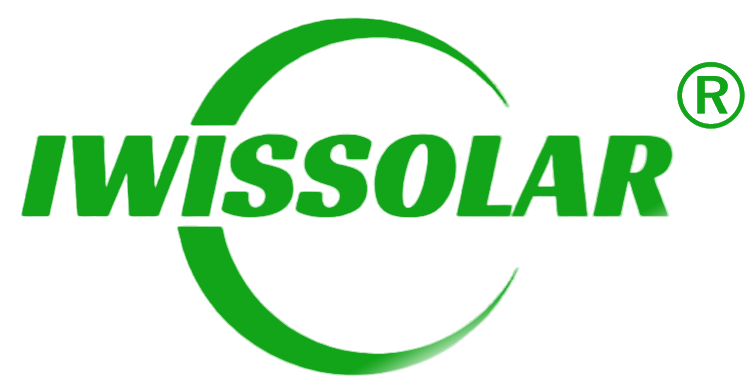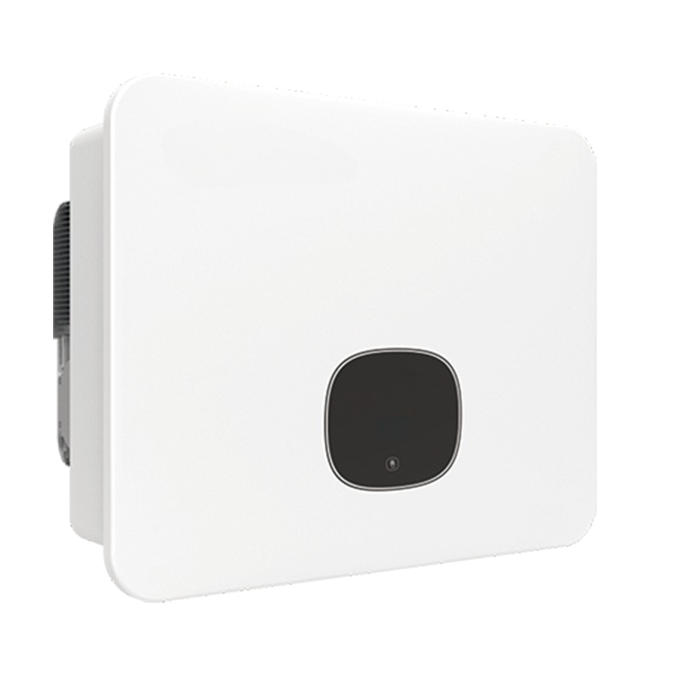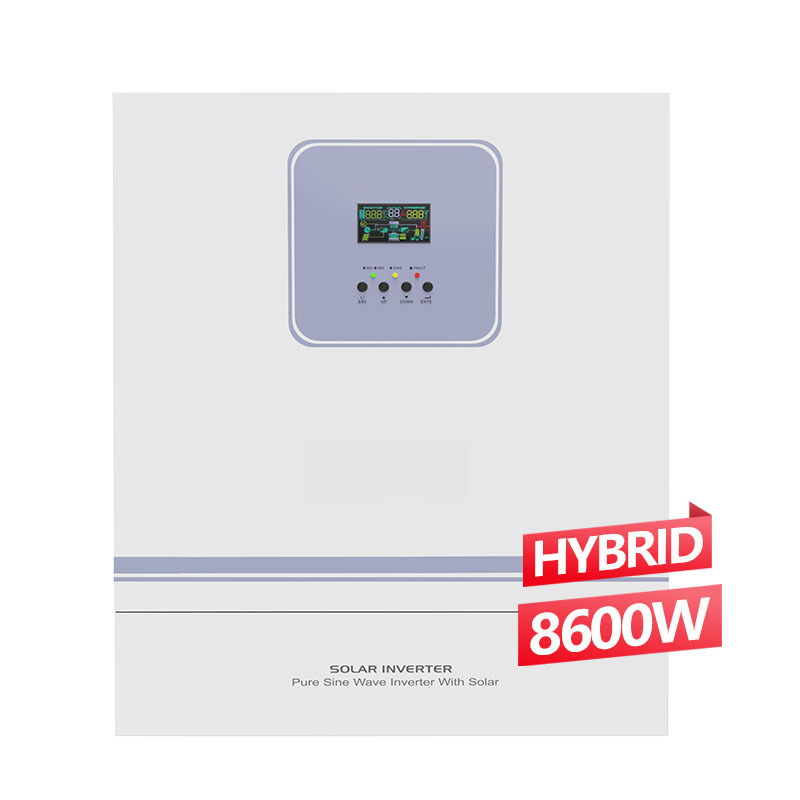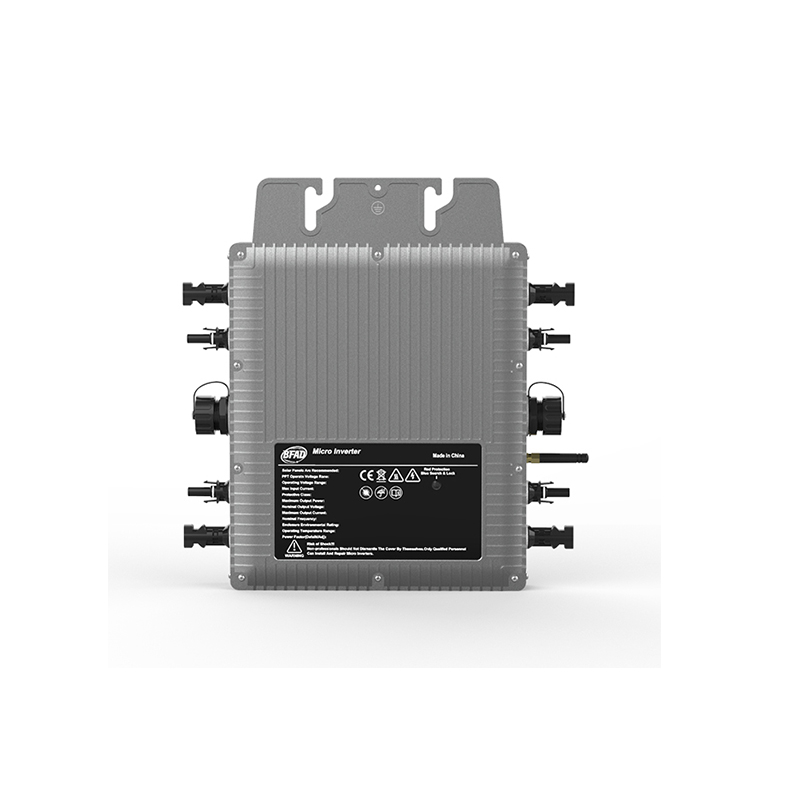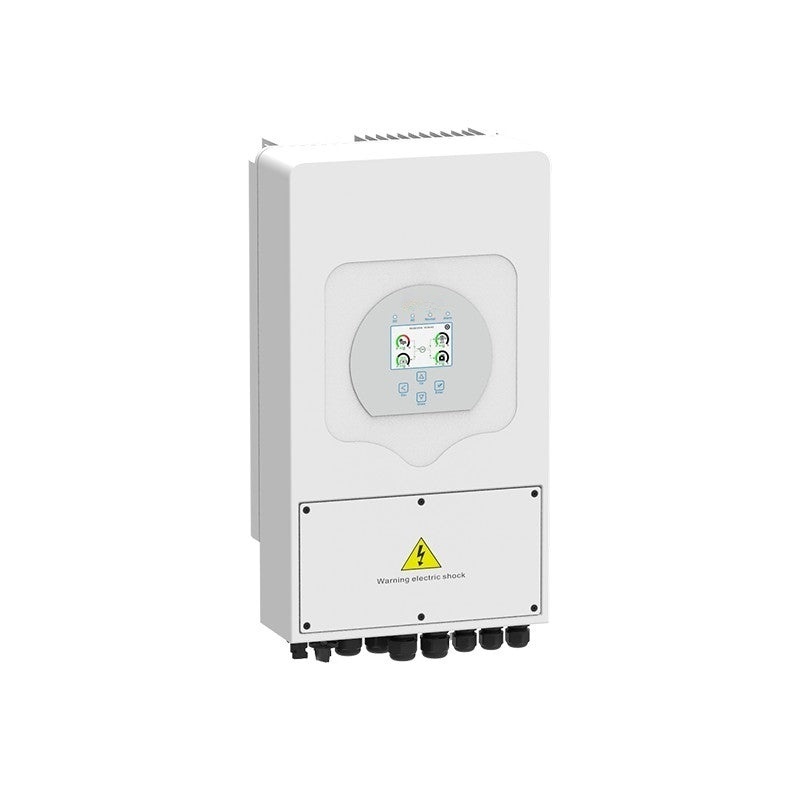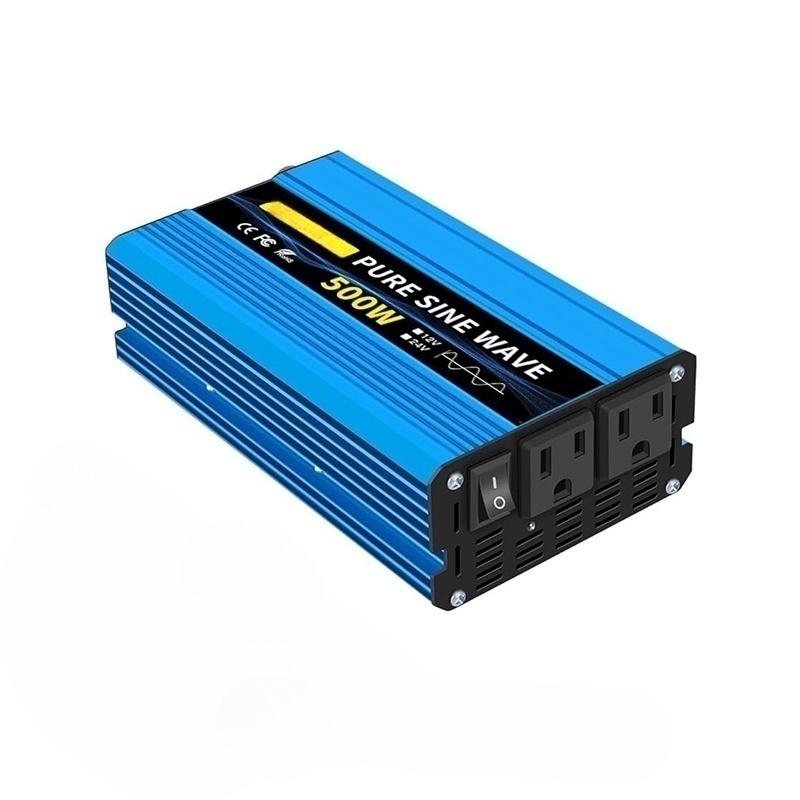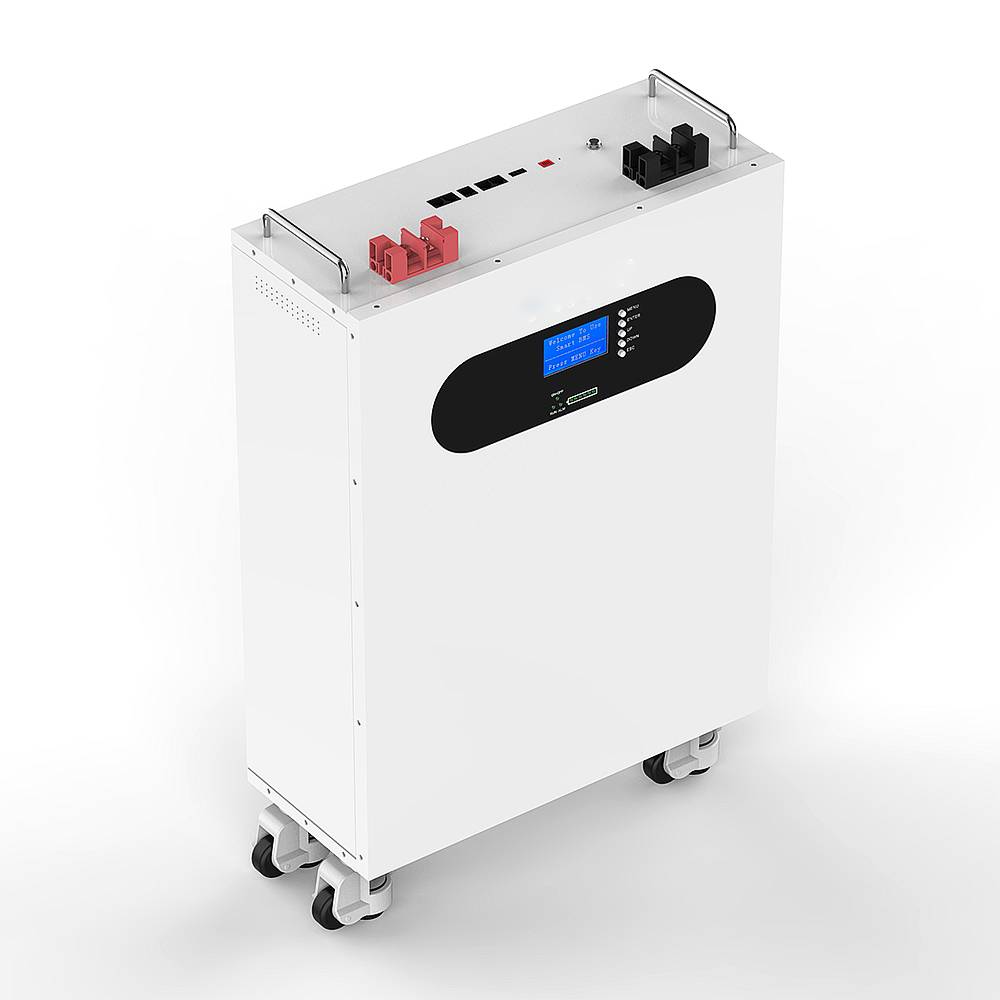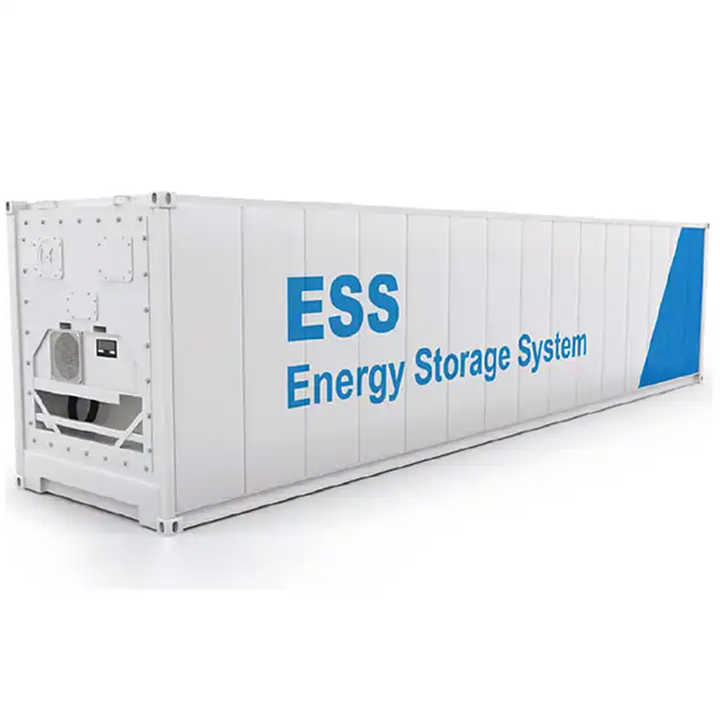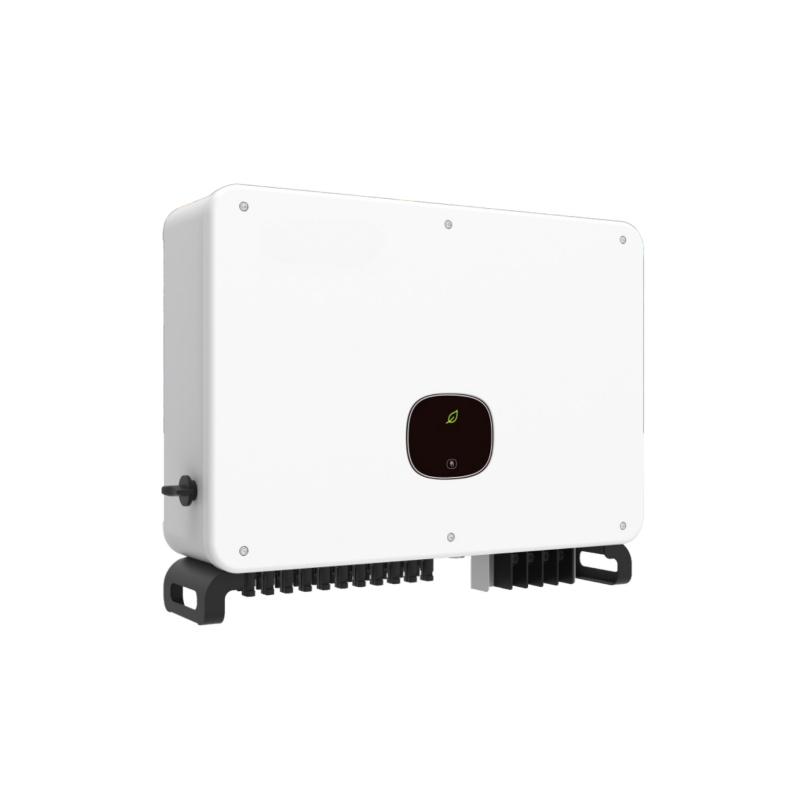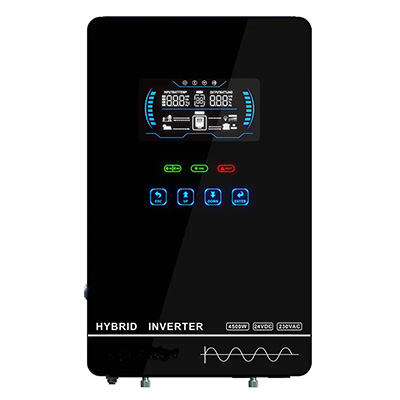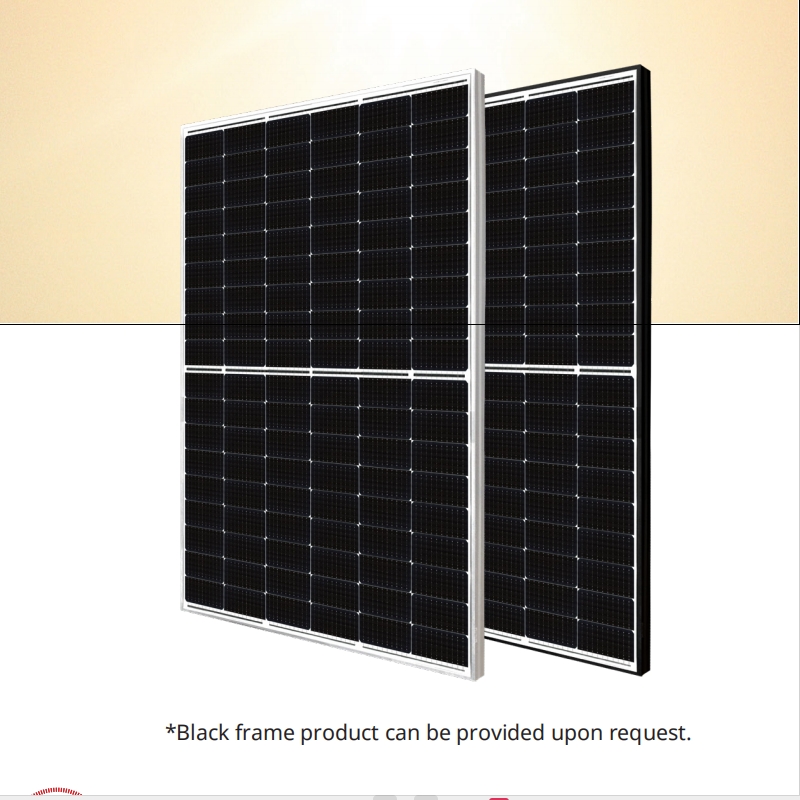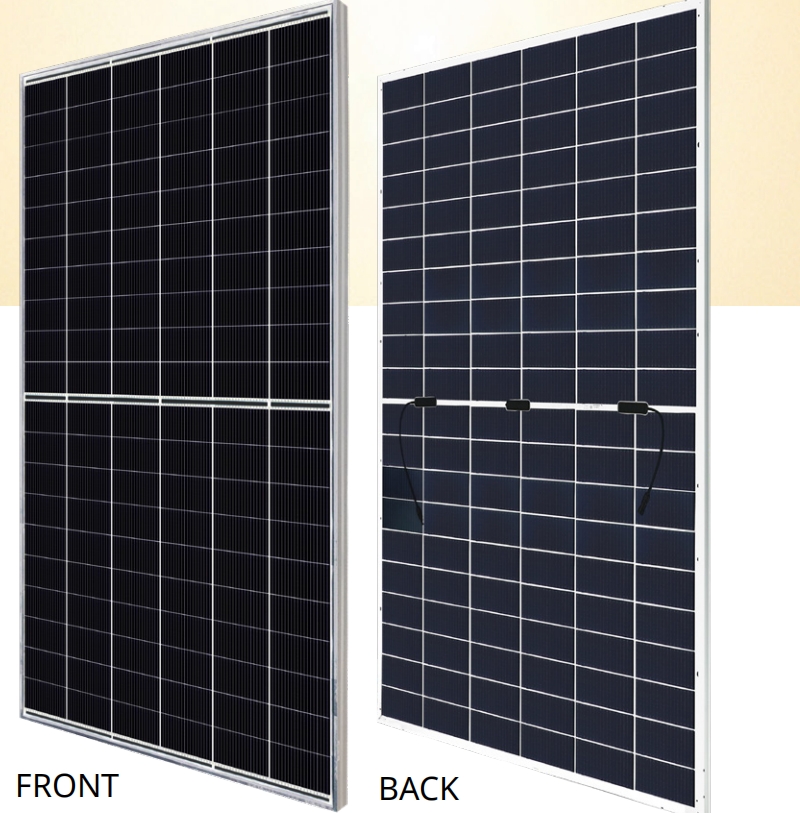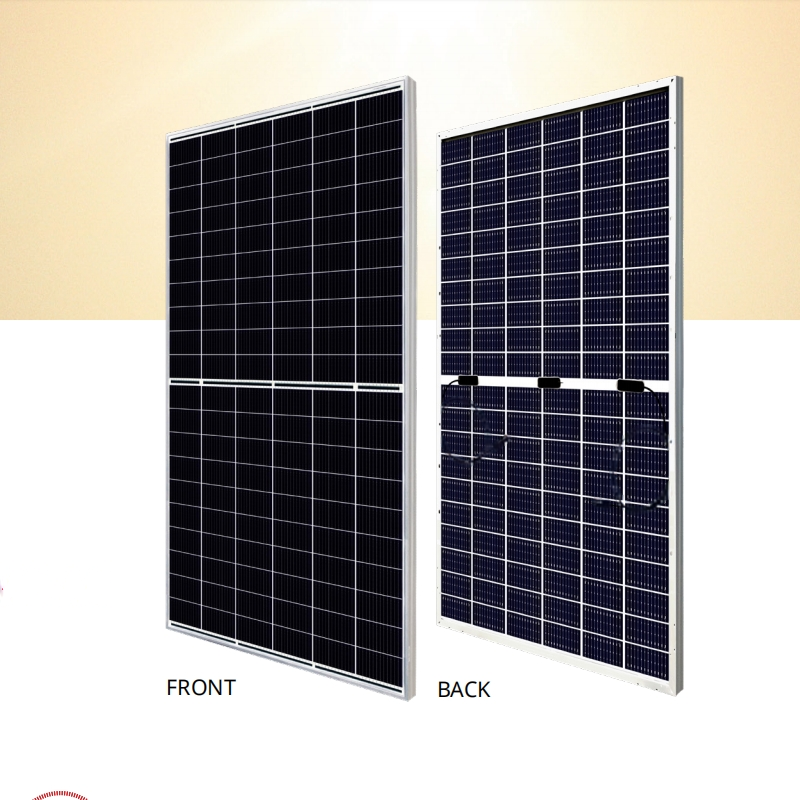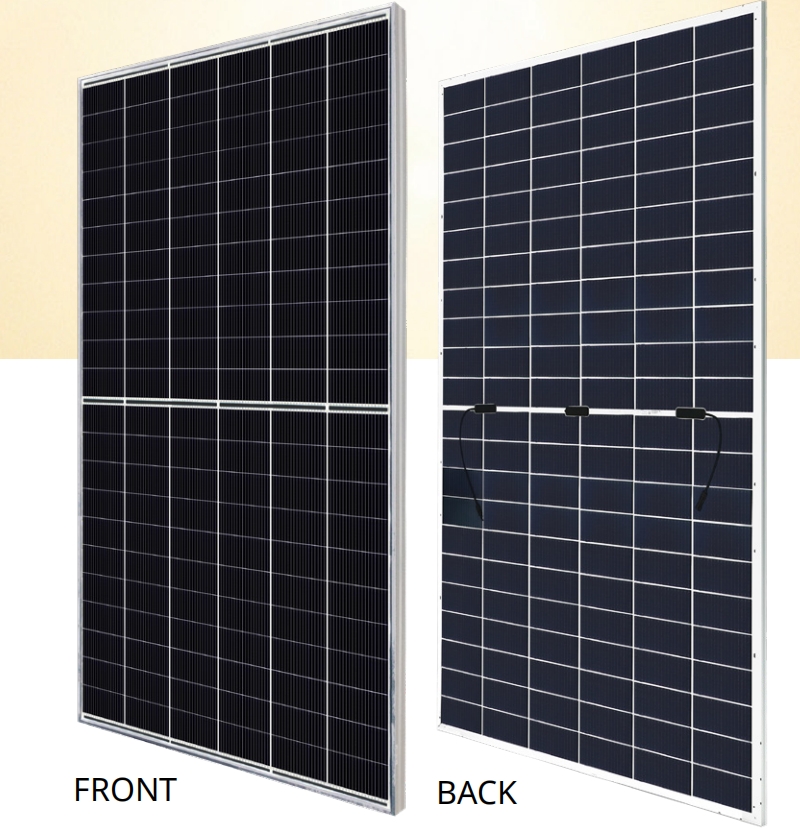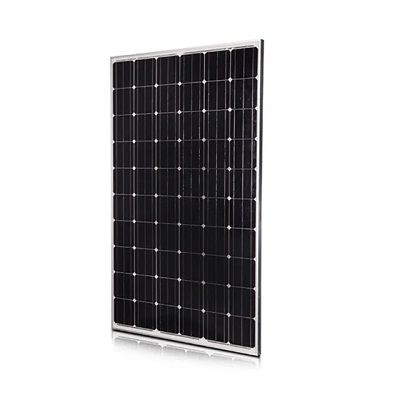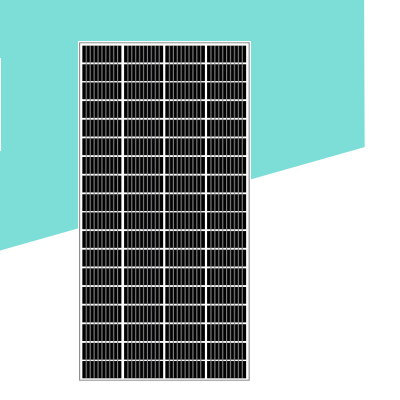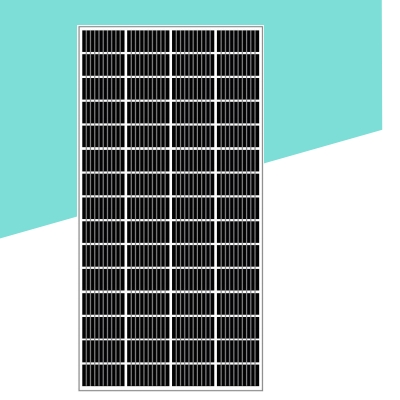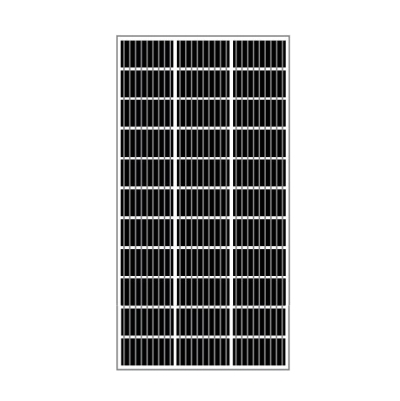Tech Behind Solar Inverter Manufacturers Explained
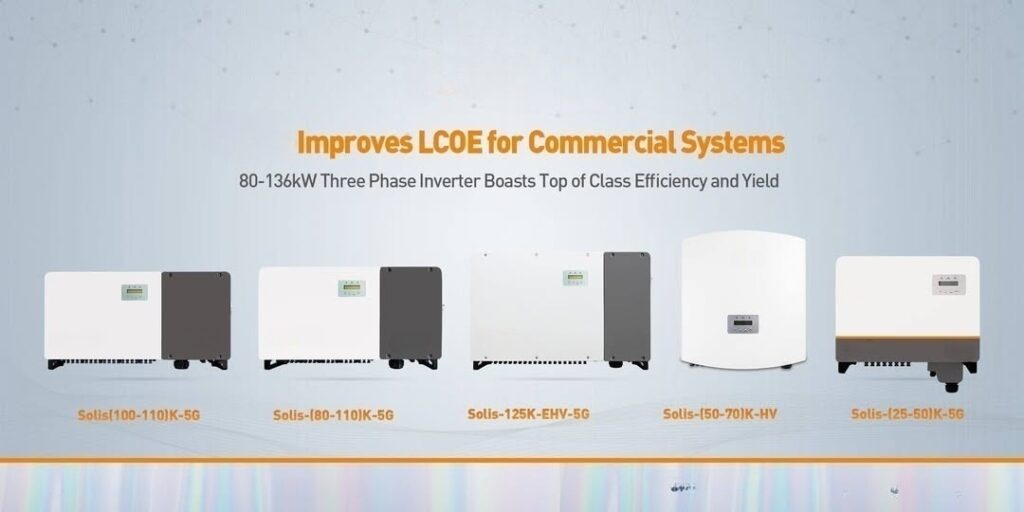
Solar inverters are the unsung heroes of renewable energy, quietly converting sunlight into usable electricity. If you’re considering solar power for your home or business, understanding the technology behind solar inverter manufacturers is crucial. This guide will walk you through everything you need to know, from the basics of how inverters work to the cutting-edge innovations shaping the industry. By the end, you’ll be equipped to make an informed decision about which inverter is right for you.
Part 1. Iwis Solar Manufacturers in China
Custom Solar Products For Your Industries
Part 2.The Different Types of Solar Inverters: Which One Is Right for You?
Not all inverters are created equal. Depending on your setup, one type might suit your needs better than another. Here’s a breakdown of the most common types:
- String Inverters: These are the go-to for most residential systems. They connect multiple solar panels in a series (or “string”) and convert their combined output. They’re cost-effective and reliable, but if one panel’s performance drops—say, due to shading—the whole string’s output can suffer.
- Microinverters: Installed on each individual panel, microinverters optimize each panel’s output separately. This makes them ideal for roofs with partial shading or complex layouts. They’re pricier upfront but can boost overall system performance.
- Central Inverters: Used in large-scale solar farms, these inverters handle the output from hundreds or thousands of panels. They’re powerful but not practical for smaller setups like your home.
- Hybrid Inverters: These versatile inverters can work with both solar panels and battery storage systems. If you’re considering adding batteries for backup power or energy independence, a hybrid inverter is a smart choice.
Each type has its strengths, so your choice will depend on your specific needs—whether that’s maximizing efficiency, minimizing costs, or preparing for future upgrades. For instance, if your roof gets plenty of sun with no obstructions, a string inverter might be all you need. But if trees or nearby buildings cast shadows, microinverters could save the day.
Part 3. How Solar Inverters Work: A Peek Under the Hood
Understanding how an inverter functions can help you appreciate the technology behind it. Here’s a simplified look at the process:
- DC to AC Conversion: Solar panels produce DC electricity, but your home runs on AC. The inverter uses a process called “switching” to flip the DC current back and forth, creating an AC waveform. It’s like turning a steady stream into a rhythmic pulse that your appliances can use.
- Voltage Regulation: The inverter adjusts the voltage to match what your home or the grid requires. Too much or too little voltage can damage your appliances or make the system inefficient, so this step is critical.
- Grid Synchronization: If you’re connected to the grid, the inverter ensures that the AC power it produces is in sync with the grid’s frequency and phase. This keeps everything running smoothly and safely.
- Maximum Power Point Tracking (MPPT): This feature optimizes the energy harvest from your panels by constantly adjusting to the best voltage and current levels, even as conditions like sunlight and temperature change. It’s like having a personal coach for your panels, pushing them to perform at their peak.
These steps happen seamlessly, but the technology behind them is complex. Manufacturers invest heavily in refining these processes to make inverters more efficient, reliable, and user-friendly.
What Other Solar or Power Products You Want
Custom Solar Products For Your Industries
We provide custom solutions to all our customers and offer free consulting or samples that you can take advantage of.
Part 4. The Technology Driving Solar Inverters
Solar inverters rely on a mix of hardware and software to perform their magic. Here’s a closer look at the key components and innovations:
- Power Electronics: At the heart of every inverter are transistors—typically insulated-gate bipolar transistors (IGBTs) or metal-oxide-semiconductor field-effect transistors (MOSFETs). These act as switches, rapidly turning on and off to convert DC to AC. The faster and more efficiently they switch, the less energy is lost.
- Capacitors and Transformers: Capacitors smooth out the electrical flow, preventing spikes that could harm your system. Transformers adjust voltage levels, ensuring the AC output is stable and safe for your home.
- Cooling Systems: Inverters generate heat, especially in high-power applications. Advanced cooling systems, like liquid cooling or high-efficiency fans, prevent overheating and extend the inverter’s lifespan. Without proper cooling, your inverter could burn out prematurely.
- Software and Control Systems: Modern inverters are smart. They use algorithms to monitor performance, detect faults, and even predict maintenance needs. Some can be controlled via apps, letting you track your system’s output in real time from your phone.
Efficiency is the name of the game. The best inverters convert more than 98% of the DC power into usable AC, minimizing energy loss. Manufacturers are constantly pushing this boundary, using new materials like silicon carbide (SiC) to make transistors faster and more efficient. These advancements mean more of the solar energy you capture ends up powering your life.
Part 5.The Role of Manufacturers in Advancing Solar Inverter Technology
Solar inverter manufacturers aren’t just assembling parts—they’re driving innovation. Here’s how they’re shaping the future of renewable energy:
- Research and Development: Top manufacturers invest millions in R&D to improve efficiency, reduce costs, and integrate new features like AI-driven performance optimization. This means the inverter you buy today is likely better than one from just a few years ago.
- Testing and Certification: Before an inverter hits the market, it undergoes rigorous testing for safety, performance, and durability. Certifications from organizations like UL or IEC ensure it meets global standards, giving you peace of mind.
- Sustainability: Many manufacturers are adopting eco-friendly practices, from using recyclable materials to designing inverters that minimize energy waste. If going green is a priority for you, this is a big plus.
- Customer Support and Education: Leading companies don’t just sell you an inverter—they help you understand it. They offer detailed guides, responsive support, and sometimes even training for installers, ensuring you get the most out of your system.
When you choose a manufacturer, you’re not just buying a product; you’re partnering with a company that shapes the future of solar technology. Their innovations directly impact how much you save and how reliable your system is over time.
Part 6.Leading Solar Inverter Manufacturers: Who’s Who in the Industry
While many companies produce solar inverters, a few stand out for their innovation, reliability, and market share. Here’s a quick look at some industry leaders:
- SMA Solar Technology: A pioneer in the field, SMA is known for its high-efficiency string inverters and robust central inverters for large-scale projects. They’ve been setting the standard for decades.
- Fronius: This Austrian company is celebrated for its smart inverters with integrated monitoring and easy-to-use interfaces. If you love tech, their products might catch your eye.
- Enphase Energy: The go-to for microinverters, Enphase’s products are designed for maximum flexibility and performance in residential systems. They’re perfect if you want every panel working at its best.
- SolarEdge: Known for its power optimizers and hybrid inverters, SolarEdge offers solutions that boost efficiency and simplify installation. Their systems are a favorite among installers.
- Huawei: A surprising entrant from the tech world, Huawei’s inverters are gaining traction for their advanced features and competitive pricing. They’re proof that solar tech is a global game.
Each of these manufacturers brings something unique to the table, whether it’s cutting-edge technology, exceptional reliability, or user-friendly designs. Exploring their offerings can help you find the perfect fit for your solar setup.
Part 7.How to Choose the Right Solar Inverter for Your Needs
With so many options, picking the right inverter can feel overwhelming. Here’s a step-by-step guide to help you narrow it down:
- Assess Your System Size: For a small residential setup, a string inverter might suffice. Larger systems or those with shading issues might benefit from microinverters or power optimizers.
- Consider Future Expansion: If you plan to add more panels or batteries later, choose an inverter that can scale with your needs—like a hybrid model.
- Check Efficiency Ratings: Look for inverters with high efficiency (above 95%) to maximize your energy harvest. Every percentage point counts when it comes to savings.
- Evaluate Monitoring Features: Do you want real-time data on your system’s performance? Opt for an inverter with built-in monitoring or compatibility with third-party apps.
- Review Warranty and Support: A longer warranty (10+ years) and responsive customer support can save you headaches down the road. It’s a sign of a manufacturer’s confidence in their product.
- Compare Costs: While price shouldn’t be the only factor, it’s important to find an inverter that fits your budget without sacrificing quality.
By weighing these factors, you’ll be able to find an inverter that not only meets your current needs but also sets you up for long-term success. Don’t rush the decision—your inverter is too important to leave to chance.
Part 8.Common Misconceptions About Solar Inverters
Even with all this information, it’s easy to get tripped up by myths and misunderstandings. Let’s clear up a few common ones:
- “All inverters are the same.” Not true! Differences in efficiency, features, and reliability can have a big impact on your system’s performance.
- “Microinverters are always better.” While they offer advantages in certain situations, they’re not necessary for every setup. For unshaded roofs, string inverters can be just as effective and more affordable.
- “Inverters don’t need maintenance.” While they’re low-maintenance, inverters should be checked periodically for dust, debris, or signs of wear to keep them running smoothly.
- “The cheapest option is fine.” Skimping on your inverter can cost you more in the long run if it fails early or wastes energy. Quality matters here.
Don’t let these misconceptions steer you wrong. Take the time to understand your options and choose wisely—it’ll pay off in the long run.
Part 9.The Future of Solar Inverter Technology
Solar inverter technology is evolving rapidly, and the future looks bright. Here are a few trends to watch:
- Higher Efficiency: Manufacturers are pushing the limits of efficiency, with some inverters already exceeding 99% conversion rates. That means even more savings for you.
- Smart Grid Integration: Inverters are becoming more intelligent, capable of communicating with the grid to balance supply and demand. This could make your system a key player in the energy network.
- Battery Compatibility: As energy storage becomes more popular, inverters that seamlessly integrate with batteries will be in high demand. Imagine storing solar power for cloudy days or power outages.
- AI and Predictive Maintenance: Advanced algorithms can now predict when an inverter might fail, allowing for proactive maintenance and minimizing downtime. It’s like having a crystal ball for your solar system.
Staying informed about these developments can help you choose an inverter that’s not just right for today but ready for tomorrow. The pace of change is exciting, and it’s all geared toward making solar power more accessible and efficient for you.
Part 10.Conclusion
Solar inverters are more than just a box on the wall—they’re the key to unlocking the full potential of your solar power system. By understanding the technology behind them and the role manufacturers play in advancing it, you’re better equipped to make a smart, informed decision. Whether you’re looking for maximum efficiency, future-proof features, or simply the best value for your money, there’s an inverter out there that’s perfect for you.
Take your time, do your research, and don’t be afraid to ask questions. The right inverter will not only power your home but also give you peace of mind for years to come. Happy solar shopping!
Custom Solar Products For Your Industries
We provide custom solutions to all our customers and offer free consulting or samples that you can take advantage of.
